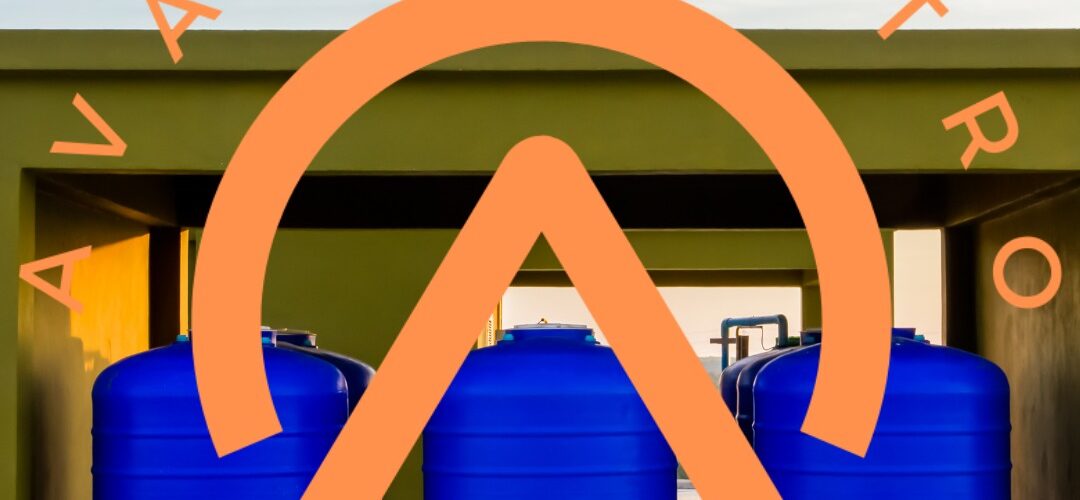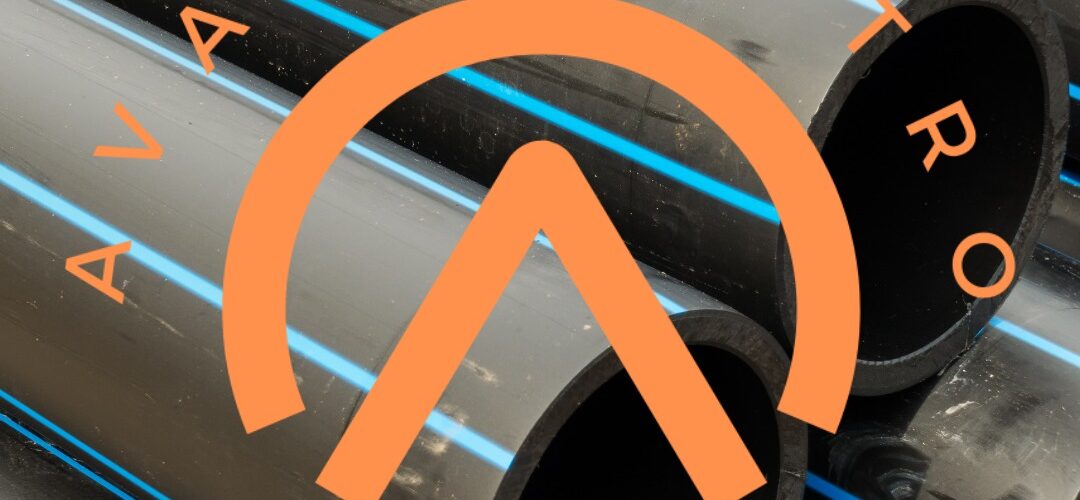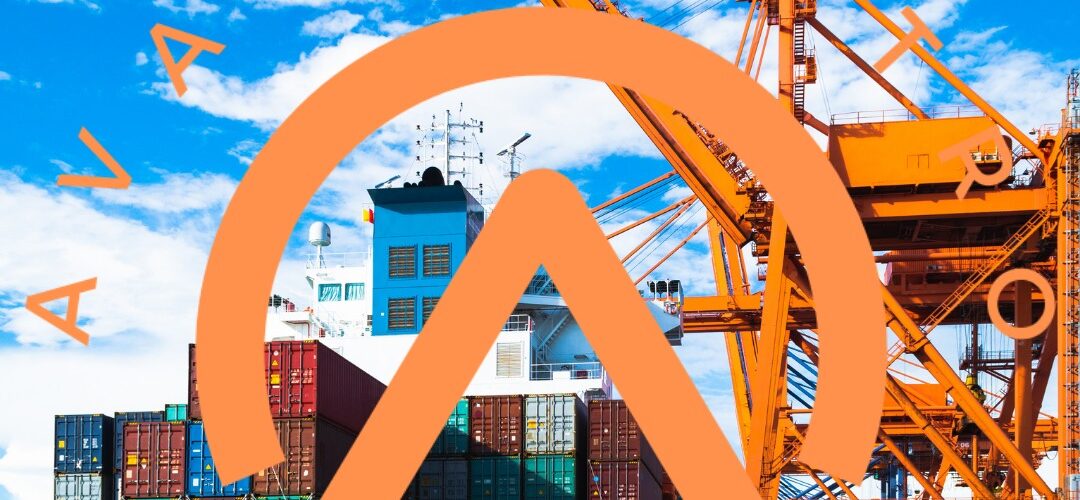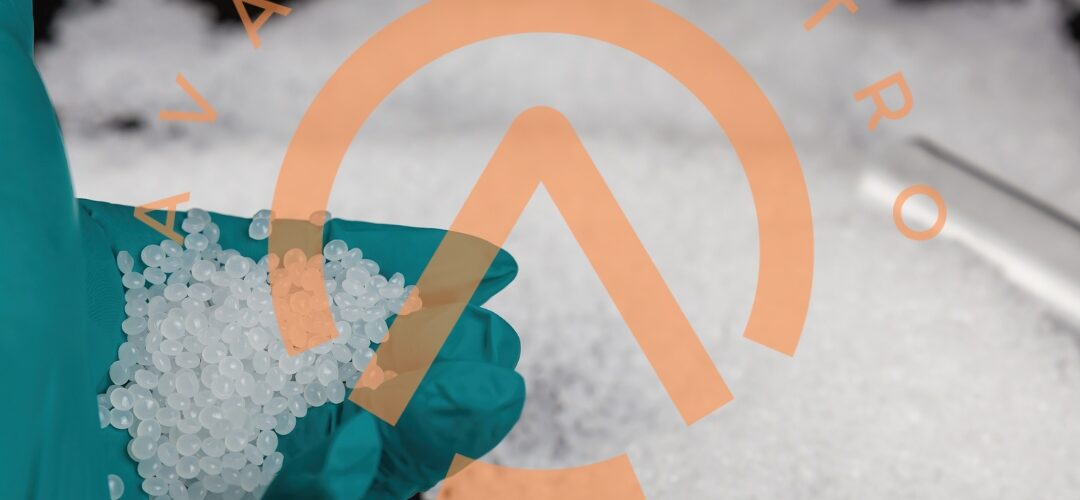What is the 7th truth of logistics management
Unveiling the 7th Truth of Logistics Management: A Comprehensive Guide
In the dynamic realm of logistics management, where efficiency and precision reign supreme, uncovering the underlying truths that govern success is paramount. As we delve into the intricacies of this field, it becomes evident that the 7th truth of logistics management is often overshadowed by its counterparts. Today, we aim to shed light on this overlooked facet, providing invaluable insights that transcend conventional wisdom.
Understanding the 7th Truth: The Key to Logistics Excellence
Optimizing Supply Chain Visibility
The 7th truth of logistics management revolves around the pivotal concept of supply chain visibility. In an era dominated by rapid technological advancements, the ability to gain real-time insights into every aspect of the supply chain has become a game-changer. From the manufacturer’s production floor to the end consumer’s doorstep, visibility is the linchpin that ensures seamless operations.
Enhancing Communication Across the Supply Chain
Communication lies at the heart of successful logistics management. The 7th truth emphasizes the need for enhanced communication channels throughout the supply chain. Implementing robust communication systems fosters collaboration among stakeholders, minimizing delays, and maximizing efficiency. Whether it’s sharing critical data or addressing unforeseen challenges, a well-established communication network is the conduit to success.
The Ripple Effect on Operational Efficiency
Streamlining Inventory Management
Effective logistics management hinges on the meticulous control of inventory. The 7th truth underscores the importance of streamlining inventory management processes. By leveraging advanced technologies such as RFID and IoT, businesses can achieve real-time inventory tracking, reducing the risk of stockouts and overstock situations. This proactive approach not only enhances operational efficiency but also contributes to cost savings.
Adopting Data-Driven Decision-Making
In the 7th truth, we embrace the era of data-driven decision-making. Harnessing the power of analytics and business intelligence, logistics managers can make informed choices based on real-time data. This proactive approach allows for predictive modeling, risk assessment, and strategic planning, ultimately leading to a more resilient and adaptable supply chain.
Overcoming Challenges with Innovation
Embracing Technological Advancements
The 7th truth of logistics management beckons us to embrace innovation wholeheartedly. From automated warehouses to artificial intelligence in route optimization, staying abreast of the latest technological advancements is non-negotiable. The logistics landscape is evolving, and those who fail to integrate cutting-edge solutions may find themselves trailing behind competitors.
Investing in Sustainable Logistics Practices
Sustainability is no longer a mere buzzword but a crucial component of logistics excellence. The 7th truth emphasizes the need for investing in sustainable logistics practices. This includes eco-friendly packaging, energy-efficient transportation, and a commitment to reducing the carbon footprint. Not only does this align with corporate social responsibility, but it also resonates positively with environmentally-conscious consumers.
The 7th Truth in Action: Case Studies
Showcasing Success Stories
To underscore the practical implications of the 7th truth, we present real-world case studies of businesses that have successfully implemented supply chain visibility and embraced innovative technologies. These success stories serve as beacons of inspiration, illustrating how adherence to the 7th truth can lead to tangible improvements in operational efficiency, cost savings, and customer satisfaction.
Conclusion: Mastering the 7th Truth for Logistics Triumph
In the ever-evolving landscape of logistics management, mastering the 7th truth is not just an option; it’s a strategic imperative. From bolstering supply chain visibility to embracing innovation and sustainability, each facet contributes to an ecosystem of operational excellence. As logistics professionals, it is our collective responsibility to internalize the 7th truth and propel our organizations into a future where logistics isn’t just a function but a competitive advantage.
Written by Emir Narin










